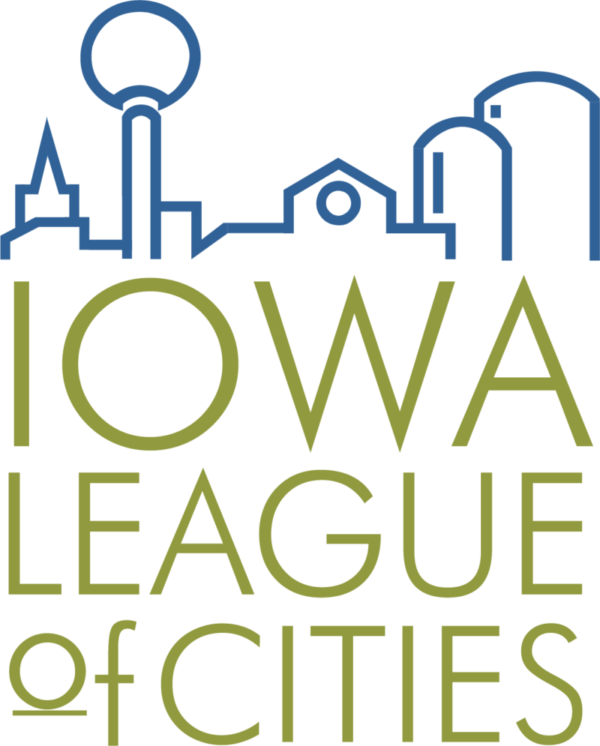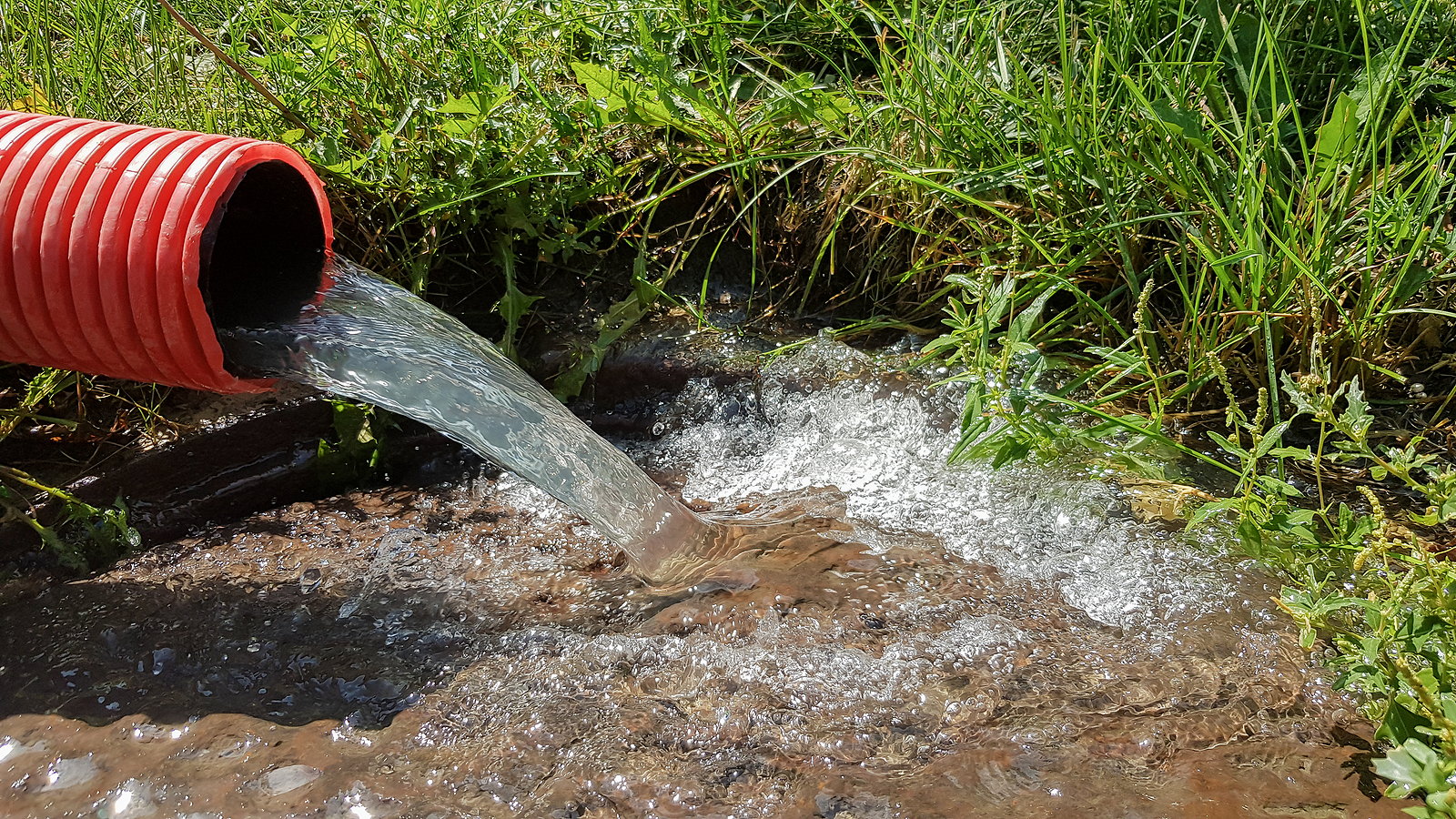Assessing sanitary sewer infrastructure is an important part of managing city utilities and helps prevent problems before they arise. Sanitary sewer infrastructure can be quite complex and systems are dependent upon an entire system of conveyance and treatment. Sanitary sewers are corrosive environments and need attention and maintenance, especially because cities can be held liable for property damage that is a result of broken pipes or sewer backups.
Symptoms
The symptoms will be obvious – street flooding, greater flows to the city wastewater treatment plant and citizens experiencing backups in basements. A positive sign that change may be necessary is growth – residential, industrial or commercial (all will have an impact).
Finding Causes, Gathering Data
Cities are encouraged to seek professional help to identify and solve the problems. Engineers will assist with developing a sanitary sewer system plan that aids in future decision-making. It will address overflows and basement backups, predict the impact of growth and need for future service areas, and provide a roadmap for economic development. This results in an efficient use of public money. An engineer may go through steps similar to the following:
- Community survey. To make good decisions, you must have good data. The survey will provide feedback on the symptoms experienced by your citizens and talk with staff who are a good source of information on breaks, overflows and backups.
- Mapping. Survey manholes, determine the pipe size in/out of the manholes, and determine the location and slope of the collection system lines. The better the map, the better the information collected on the system, the better and more economical the solution for the collection system.
- The process. This includes things like mapping and inspections to determine the condition of the system. Flow monitoring is used to establish a relationship between the amount of rainfall and timing of rainfall in relation to when the system is overloaded and overflows.
Planning and Prioritizing
With conditions assessed, a work plan is developed and costs can be determined. Priorities are established based on national standards:
- Iowa Department of Natural Resources mandated work with a primary focus on elimination of significant and cost-effective inflow and infiltration.
- Emergency repairs such as blockages and health and safety issues.
- Critical repairs include work that should be done in a 2-5-10 year period.
- Regularly-scheduled maintenance and repair.
Funding
The American Water Works Association (AWWA) says the replacement problem being debated today is not that utilities are faced with filling a historical gap in the level of replacement funding. Rather, it is that utilities must ramp up budgets to prevent a replacement gap from developing in the near future. Funding is a challenge and planning for expenditures is imperative.
According to the National League of Cities, these capital costs plus operations and maintenance total about $60 billion annually for drinking water and wastewater systems. Community Development Block Grants, the U.S. Department of Agriculture, the State Revolving Fund and bonding are all common funding sources. Cities also raise water and sewer rates to accommodate increases in operations and maintenance – a wise decision. Be sure to consult the city’s registered municipal financial advisor.
Maintenance
This is critical to prolonging the life of a system. The life of pipes can often be extended by cured-in place piping, but only if the pipe is salvageable. Removing roots, pressure cleaning, repairing joints, clearing stream crossings, removal and replacement of deteriorating pipes, and recording backups and overflows are all helpful. Combined with regular updates to the map and the city is doing its part to increase the life and service of your sanitary collection system.
Information provided by FOX Engineering.






